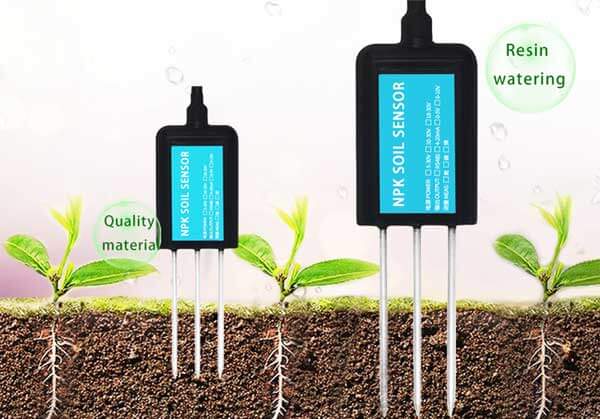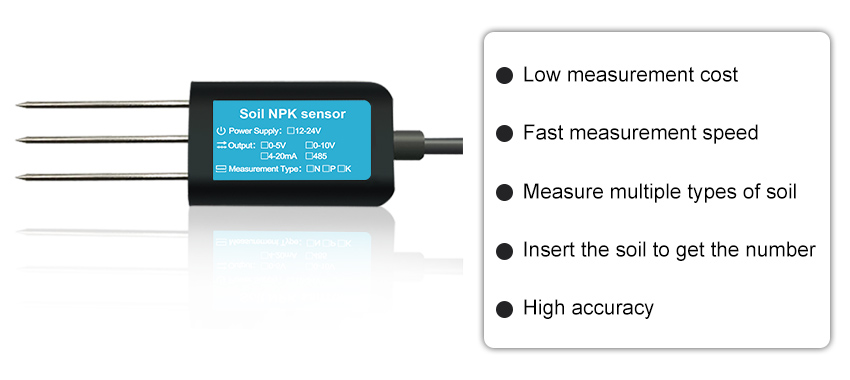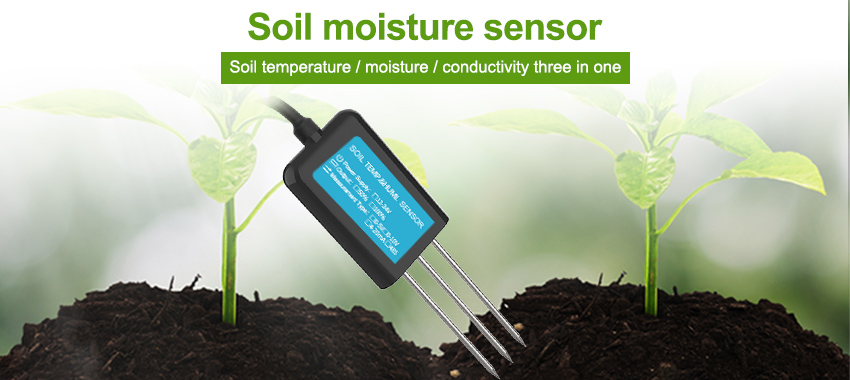Smart farming is revolutionizing the agriculture industry by using advanced technology to increase efficiency, productivity, and sustainability. One of the key components of smart farming is the use of soil sensors to monitor and optimize soil conditions for optimal crop growth. By leveraging soil sensors, farmers can collect real-time data on soil moisture, temperature, and nutrient levels, allowing them to make informed decisions about irrigation, fertilization, and other farming practices. This article will explore the benefits of using soil sensors for smart farming and nutrient optimization, and how this technology is transforming the way we grow crops.

Benefits of Soil Sensors
Soil sensors offer a range of benefits for farmers looking to optimize their crop production. By providing real-time data on soil conditions, these sensors allow farmers to make more precise and informed decisions about irrigation, fertilization, and other farming practices. This can lead to significant cost savings by reducing water and fertilizer usage, as well as increasing crop yields and quality. In addition, soil sensors can help farmers to identify and address potential issues such as soil compaction, nutrient deficiencies, and pest infestations before they become serious problems. This can help to reduce the risk of crop loss and improve overall farm productivity.
Leveraging Data for Nutrient Optimization
One of the key ways that soil sensors are being used in smart farming is for nutrient optimization. By monitoring soil nutrient levels in real time, farmers can make informed decisions about when and how much fertilizer to apply to their crops. This can help to prevent over-fertilization, which can lead to nutrient runoff and water pollution, as well as under-fertilization, which can result in poor crop growth and yield. By optimizing nutrient levels in the soil, farmers can improve crop quality and yield, while also reducing their environmental impact.
In addition to monitoring nutrient levels, soil sensors can also be used to track the uptake of nutrients by plants. By measuring the nutrient levels in the soil before and after fertilization, farmers can assess how effectively their crops are utilizing the nutrients, and make adjustments to their fertilization practices as needed. This can help to ensure that crops are receiving the right amount of nutrients at the right time, leading to healthier, more productive plants.
Challenges and Considerations
While soil sensors offer many benefits for smart farming and nutrient optimization, there are also some challenges and considerations to keep in mind. One of the main challenges is the cost of implementing soil sensor technology, as well as the expertise required to interpret and act on the data collected. Additionally, there can be variability in soil conditions within a single field, which may require multiple sensors to accurately capture the full range of conditions. Farmers also need to consider the maintenance and calibration of soil sensors to ensure accurate and reliable data collection over time.
Another consideration is the need for data management and analysis tools to make sense of the large amounts of data collected by soil sensors. This may require investing in software and technology to process and interpret the data, as well as the expertise to use these tools effectively. However, as technology continues to advance, more user-friendly and affordable options for data management and analysis are becoming available, making it easier for farmers to leverage soil sensor data for smart farming and nutrient optimization.

Conclusion
Soil sensors are a valuable tool for smart farming and nutrient optimization, allowing farmers to collect real-time data on soil conditions and make informed decisions about irrigation, fertilization, and other farming practices. By leveraging soil sensor technology, farmers can reduce costs, increase crop yields and quality, and minimize their environmental impact. While there are challenges and considerations to keep in mind when implementing soil sensors, the benefits of this technology are clear. As smart farming continues to advance, soil sensors will play an increasingly important role in revolutionizing the way we grow crops and feed the world.
